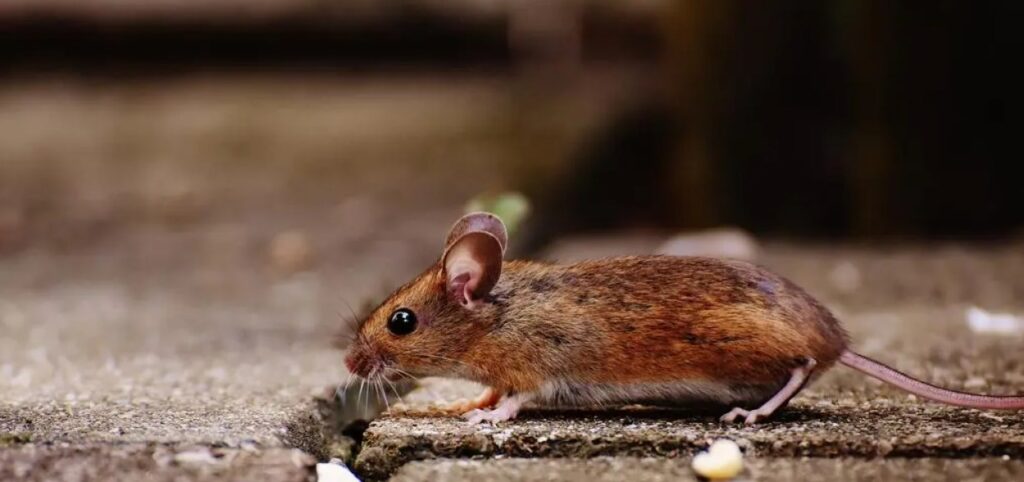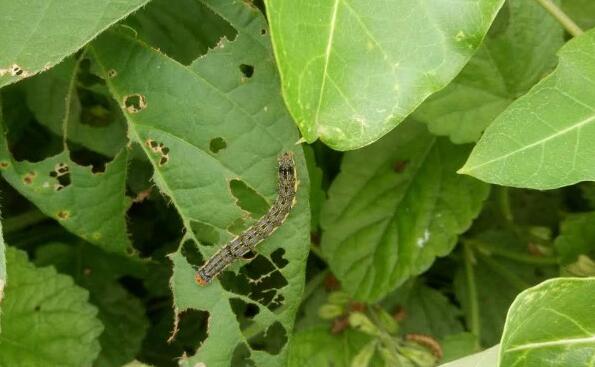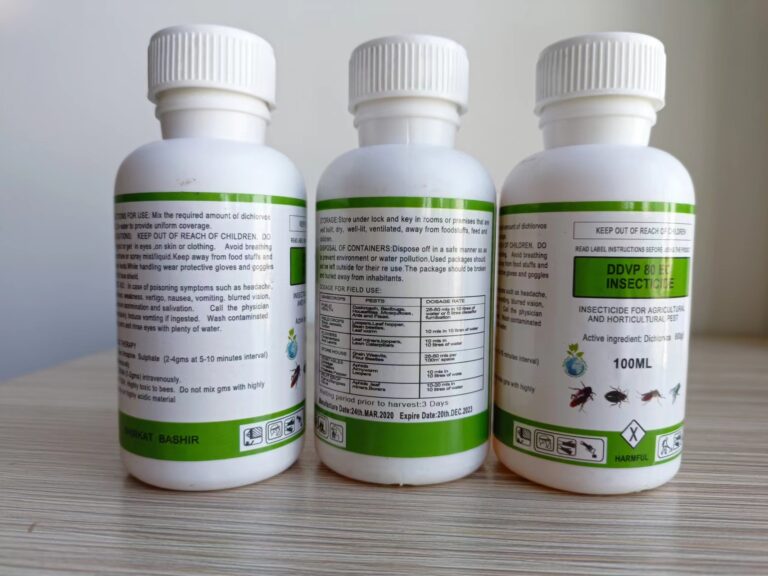Mice of Introduce:
Mice is annoying.Dealing with a mouse infestation in your home can be a troublesome and frustrating experience. Not only can these pests damage your property, but they can also pose health risks. Fortunately, there are several ways to get rid of rats. In this blog, we will discuss some effective rodent control methods that prioritize physical measures over chemical ones.

Various methods of rodent control
Rat trap method:
One popular method of get rid of mice is to use a mousetrap. The appropriate size of the mousetrap is generally 23 cm long, 13 cm wide, and 11 cm high, with a mesh diameter of no more than 1 cm. Rats use their favorite food as bait to lure them into the trap. Place mousetraps in areas where mice are active, such as in corners, under cabinets, or under furniture. For safety reasons, avoid direct contact with rats and take necessary precautions when handling rodent traps.

Sticky mouse board rodent control Rats method:
Another effective method of get rid of mice is to use a sticky mouse board. Open the sticky mouse board, making sure the glued side is facing up. Place the plate on a well-absorbent paper and place it in an area frequented by mice. If no mice are caught within a week, it is recommended to replace the motherboard. When catching mice, it is critical to have the cleaners or sanitation workers dispose of the mice and the boards properly.

Drug rodent control Mice methods:
While physical methods of get rid of mice are preferred, some situations may require the use of rodent control drugs. Depending on how quickly these drugs enter the rat’s body, they can be classified as acute or chronic.
a) Acute rodenticide:
Acute rodenticides are known as acute single-dose rodenticides. If rodents ingest a sufficient amount of the bait in one feeding, they will die. However, these drugs pose risks to humans and animals and may cause secondary poisoning. A rodent exhibiting a strong response before dying also alerts other rats, reducing the overall effect. Examples of acute rodenticides include zinc phosphide, fluoroacetamide, tetramine, methyl bromide and dibromide. Some of these substances are highly toxic, have no specific antidote, and are potentially harmful to humans.

in conclusion:
In short, physical methods should be the main method of rodent control at home, supplemented by careful use of chemical methods. Mouse traps and sticky panels can effectively trap and control mouse populations, minimizing the need for rodent control drugs. However, if required, rodenticides must be used responsibly and with priority given to human and animal safety. By implementing these methods, you can successfully eradicate rats and prevent any further trouble they may cause.






